The history of running: How long have Indian runners been running and where have they reached?
- EIH User
- August 8, 2024
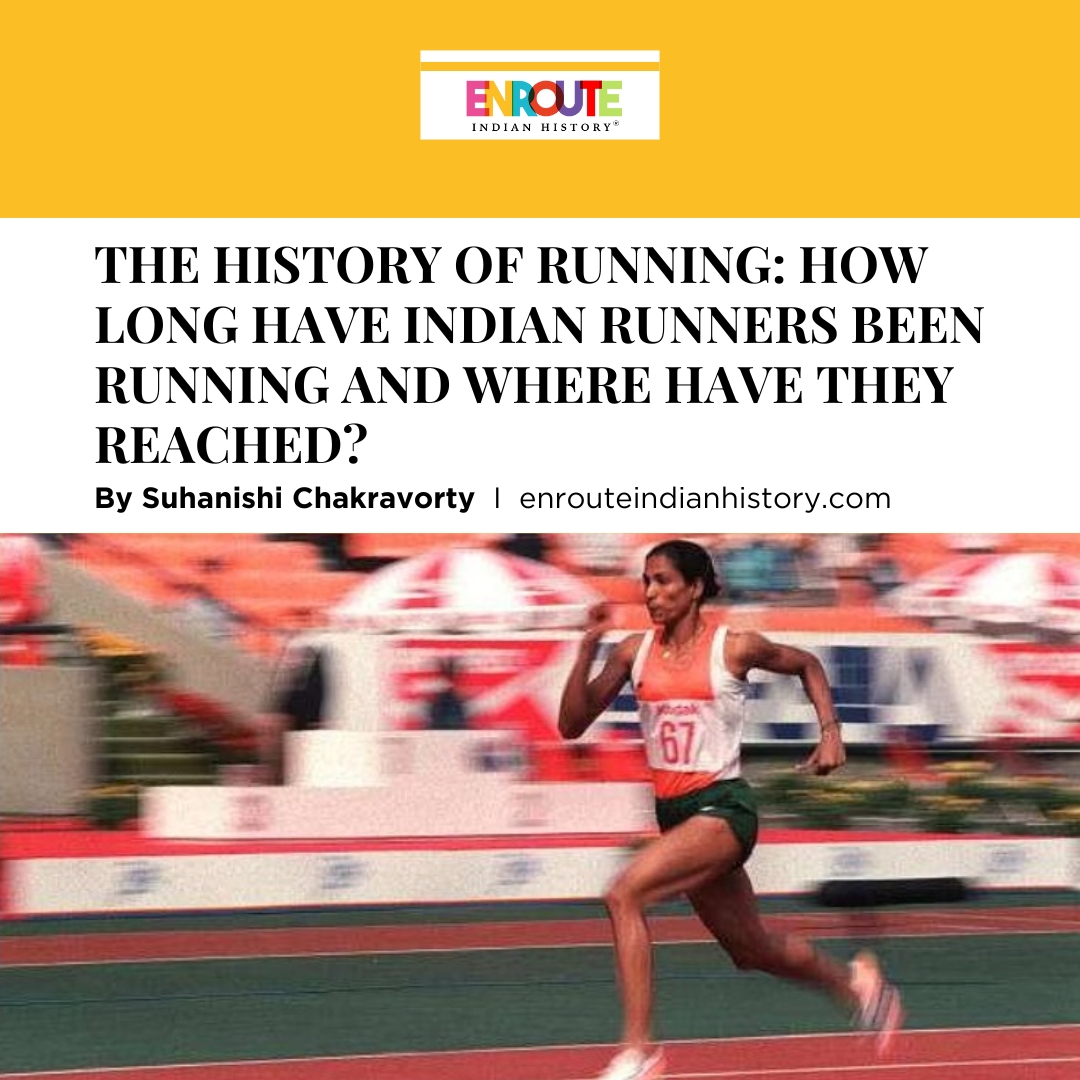
Sports has always been an independent way of expressing the country’s independence. Being a reflection of the prominent cultural practices, there are undeniable impact of sports and physical exercises in the development of self and a team. This effects the building of a nation. The act of running and taking it as a sport has entered India with British but it soon caught immense popularity among the mass of the country after independence. Today, Indian runners are being subjects of pride and identity for the country.
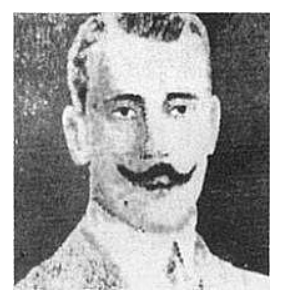
History of runners and their position:
Milkha Singh is probably the first runner who went to the Olympics with a complete Indian Identity. He was the first man to bring the brown skin colour into post-independence reality scoring medals in such a prestigious game. However, there were people before him who identified themselves as Indians and ran for the country.
This person’s name is Norman Pritchard and he was born in the then-British capital Calcutta in the year 1877 (Shah, 2024). This is the first person who represented the country and won an Olympic medal in the year 1900. It took place in Paris. He had won two silver medals for running. These were respectable, 200-metre races and 2000-metre hurdles. In these two races, he lost to Walter Tewksbury and Alvin Kraenzlein.
He was a footballer. In his early years, he was also credited for scoring a hat trick in a football tournament. After their achievements in the Olympics has relocated himself to Britain first and from there he went to America. This is where quit his sports career and became an actor for silent films.
Then comes our beloved Milkha Singh. Hailing from a Punjabi family he had the intact Indianness in him that was so required for him to represent India in the International Stadium (O’Hanlon, 2007). He first appeared in the 1956 Melbourn Olympic Games. Then, in the year 1958, he secured the gold medals for 200 metre and 400 metre races. His time taken for these were respectively 21.6 seconds and 47 seconds.
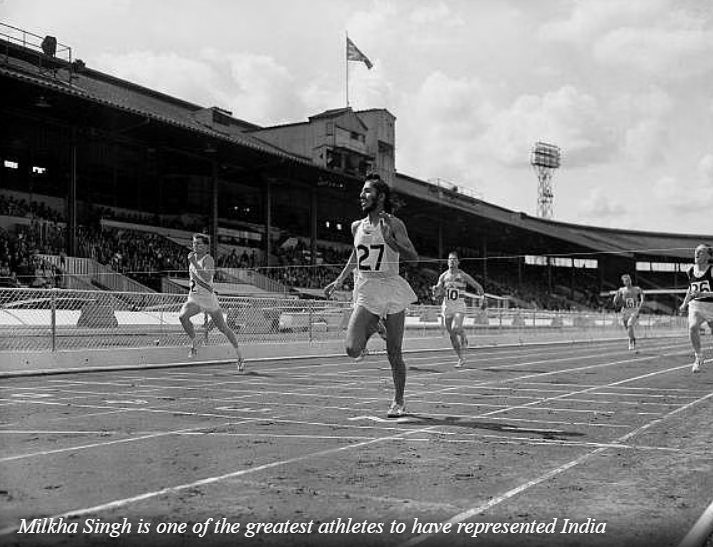
(Milkha Singh on his track, source: sportskeeda)
Milkha Singh became a celebrity in 1958 Commonwealth where he secured the gold medal for the Independent India. He took only 46.16 seconds to make a 400-metre track. However, this was soon followed by the Rome Olympics where he missed the bronze medal by just 0.1 second. However, he is remembered as the most unforgettable male athlete of all time by now.
Recent additions and pride of India: As the country moves towards its 76th year of independence from colonial rule we do have some runners who marked their path in the international market (White, 1902). Unfortunately, there are many political and other deprivation-related issues that have not managed to make the win situation consistent but somehow the remarkable presence of the international is beautiful. We will take a moment to appreciate some of the winners from the recent history.
PT Usha: The lady has been nicknamed Payyoli Express. In 15 years she secured 101 medals. In the 1980 Moscow games. Her reign began at the 1982 Delhi Asian Games, where she won silver medals for both 100 and 200-metre races. The first gold medal came the following year. This was also the game where a new Asian record of 400 meters Track record was set by her. The event took place in Kuwait as, a field championship.
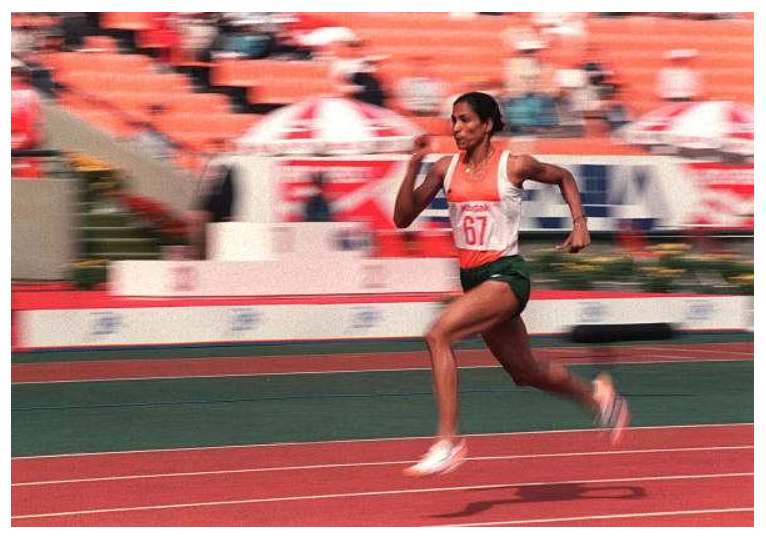
(PT Usha running on the track, source: sportskeeda)
In the year 1984, in Los Angelos, she missed the bronze medal in 400 metre hurdles. The skin of her teeth fell short for 1/100th of a second. This whole thing must have taken a toll on her and she came much stronger the next year 1985. This was the year where must have been in a frenzy as she won six gold medals which was a record to be set for any international athlete at that time.
Anil Prakash: This is the Indian male athlete who still holds the record for the 100-metre distance at a national level. He has been nicknamed as ‘fastest Indian of all time’. He is regarded as winning the 100-metre and 200-metre sprint. The year 1997 saw his enormous growth and coming to the limelight. This is when he broke Rajeev Balakrishnan’s 100-metre record. This took place in the National Open Championship at Gandhinagar.
He made another national record in the year 1999 at Chennai. He had won the silver medal. He was behind Chintaka de Zoysa but with the 10.33 second effort he made the record. The fastest athlete in India secured yet another post in the year 2000. However, as he was in the absence of a doping controlling mechanism this was not recognised as much as it might have been required to. In the year 2005 at the National Circuit Athletic Meet, he broke his record by three seconds.
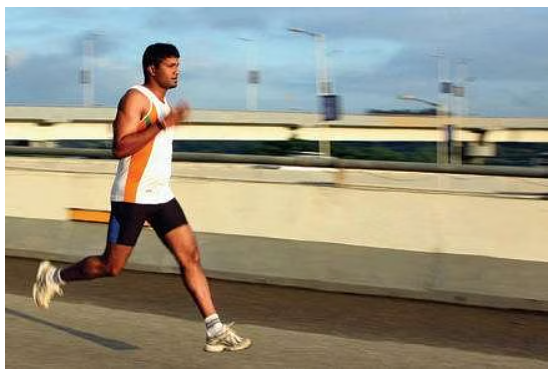
(Anil Kumar Prakash, source: Sportskeeda)
Lalita Babar: With timeframe, this is the youngest athlete we have in our memory as an Indian runner. She was a marathon athlete in the first place but she soon changed her focus to the 3000-metre steeplechase for making her medals in the international suit easier. She won the bronze medal in the 2014 Asian Games. This was due to a timing for 9:35.37 (John, 2021). However, something crazy happened in this run. Gold medallist Ruth Jebet was soon disqualified and hence she was upgraded to the silver medal position.
Sports and politics: While we find several politicians and industrialists investing in the sports there are politics on and outside the ground for the athletes to conquer. Indian runners have been making their impact on the international level for quite some years now. However, it is undeniable that without colonialism it was not entirely possible. There are situations where very talented athletes have been detained from the milestones they could easily have achieved for other reasons than qualification. It might not always be the fair game. However, with all these difficulties India has come up with exceptional identities and inspirations that will most definitely pave the path for future endeavours. India runs towards creating a new identity with these sportsmen and women and it has already done so in the sphere of running for the last 76 years (Burlingame, 2000). However, dealing the internal problems in the country might help the young talents to arrive at a much free and respected atmosphere for the coming years. We are looking out for the best.
Conclusion
Indian sports almost saw a refurbished version of itself after the colonial rule. Running for a habit and running for a goal might be two different things but over the years there have been notable sportsperson who brough these two definitions together and made a unique identity. Indian runners have proved over the time that with determination and practice international expose is only about a blink of eye away. Indian runners have contributed greatly to the identity formation of a secular and independent nation.
Bibliography
Shah, V. 2024. Greatest Indian runners of all time, Sportskeeda. Sportskeeda. Available at: https://www.sportskeeda.com/us/olympics/greatest-indian-runners-of-all-time (Accessed: 6 August 2024).
O’Hanlon, R., 2007. Military sports and the history of the martial body in India. Journal of the Economic and Social History of the Orient, 50(4), pp.490-523.
White, S.E., 1902. The Forest Runner. The Idler; an illustrated monthly magazine, pp.578-613.
John, C.B., 2021. The champion runner who became the forerunner in ophthalmic surgery training. Kerala Journal of Ophthalmology, 33(1), pp.91-94.
Burlingame, L., 2000. Empowerment through” Retroactive Prophecy” in D’Arcy McNickle’s” Runner in the Sun: A Story of Indian Maize,” James Welch’s” Fools Crow,” and Leslie Marmon Silko’s” Ceremony”. American Indian Quarterly, 24(1), pp.1-18.


















